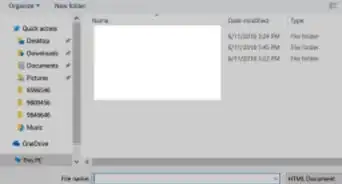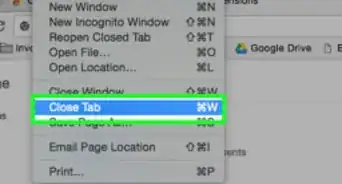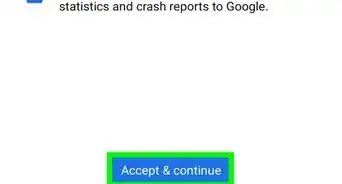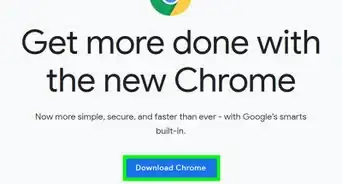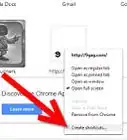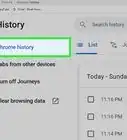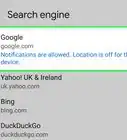This article was co-authored by wikiHow staff writer, Travis Boylls. Travis Boylls is a Technology Writer and Editor for wikiHow. Travis has experience writing technology-related articles, providing software customer service, and in graphic design. He specializes in Windows, macOS, Android, iOS, and Linux platforms. He studied graphic design at Pikes Peak Community College.
The wikiHow Tech Team also followed the article's instructions and verified that they work.
This article has been viewed 665,232 times.
Learn more...
This wikiHow teaches you how to prevent Google Chrome from updating automatically on Windows, Mac, iPhone, and Android platforms. There are several ways to prevent Google Chrome from updating on PC and Mac. However, these methods may not work in every situation. The only way to prevent Google Chrome from updating on mobile devices is to disable updates for all apps. Keep in mind that failing to update Google Chrome puts you and any other items on your network at risk for infections or cyber attacks.
Things You Should Know
- Chrome updates usually contain crucial security patches. Disabling automatic updates puts your computer or phone at risk.
- Google may still be able to push certain updates even if you disabled the automatic update service.
- To stop getting Chrome updates on your phone or tablet, you'll need to disable all app updates for Android or iOS.
Steps
Disable Update Services (Windows)
-
1Save any open work. You'll need to restart your computer at the end of this method, so make sure that you save any work before proceeding.
-
2Open Start . Click the Windows logo in the bottom-left corner of the screen. The Start menu will pop up.Advertisement
-
3Type in run. Doing so searches your computer for the Run program.
-
4Click Run. It's the speeding envelope at the top of the Start menu. Clicking it will open the Run window in the lower-left side of the screen.
- In the future, you can open Run by pressing ⊞ Win+R.
-
5Type in msconfig. You'll do so in the Run text box. This command will open the Windows System Configuration window when run.
-
6Click OK. It's at the bottom of the Run window. Doing so opens the System Configuration window.
-
7Click the Services tab. This is at the top of the System Configuration window.
-
8Check the "Hide all Microsoft services" box. It's in the bottom-left corner of the window. Doing so will both cut down on the number of services listed here and prevent you from accidentally disabling an important Windows service.
-
9Scroll down until you find the two "Google Update Service" services. These are both by the "Google Inc." manufacturer, and should be next to each other.
- You can sort by manufacturer by clicking the Manufacturer tab near the top of the window.
-
10Uncheck both "Google Update Service" boxes. Click the checked box to the left of each "Google Update Service" box to do so.
-
11Click Apply. It's at the bottom of the window. Doing so will disable both Google Update services.
-
12Click OK. This is at the bottom of the window.
-
13Click Restart when prompted. Doing so will cause your computer to save your changes and restart, after which point Google Chrome should no longer automatically update.
-
14Type chrome://settings/help in your Google Chrome address bar. Google Chrome will attempt to automatically update. If Google Chrome is unable to update, an error message will appear. If it says it is up to date, try one of the other methods listed here.
Rename the Update Folder (Windows)
-
1
-
2Click your root "C:" drive folder. This is often called "Local Drive" or "OS", but it usually has "(C:)" next to its name. It's typically found under "My Computer" or "This PC" or something similar in the menu bar to the left.
-
3Double-click the Program Files folder. It's in your root C: drive folder.
- If you are using a 64-bit version of windows, click the "Program Files (x86)" folder instead.
-
4Double-click Google folder. It's in the Program Files or Program Files (x86) folder in your root C: drive folder.
-
5Click the Update folder. This selects the update folder.
-
6Right-click the Update folder. This displays a pop-out menu to the right.
-
7Click Rename. This allows you to rename the file by clicking the current file name and typing something new.
-
8Change the name of the folder and press ↵ Enter. You can change the name of the folder to anything. For example, you can name it "NoUpdate". Press ↵ Enter to save the name change.
- If you receive an alert that says the folder is being used by another program, press Ctrl+Alt+Delete and click "Task Manager". Click any program with the name "Google" in it and click End Task in the lower-right corner. Then try to change the folder name again.
-
9Type chrome://settings/help in your Google Chrome address bar. Google Chrome will attempt to automatically update. If Google Chrome is unable to update, an error message will appear. If it says it is up to date, try one of the other methods listed here.
Edit the Registry (Windows)
-
1
-
2Type in run. Doing so searches your computer for the Run program.
-
3Click Run. It's the speeding envelope at the top of the Start menu. Clicking it will open the Run window in the lower-left side of the screen.
-
4Type regedit next to "Open". This is the command to open the Registry Editor.
-
5Click Ok. It's at the bottom of the Run window. This opens the Registry Editor.
- Warning: Editing files in the Registry Editor can cause permanent damage to your operating system or computer programs. Proceed with caution.
- If you are asked if you want to allow the Registry Editor to make changes to your system, click Yes.
-
6Click the HKEY_LOCAL_MACHINE folder. It's near the top of the list of folders in the Registry Editor. This opens the folder.
-
7Click the Software folder. It's in the HKEY_LOCAL_MACHINE folder. This opens the folder.
-
8Right-click the Policies folder. It's in the "Software" folder in the Registry Editor. This displays a pop-out menu to the right.
-
9Select New in the pop-out menu. This displays a submenu in the pop-out window.
-
10Click Key in the submenu. This creates a new key in the Registry Editor.
-
11Right-click the newly created key. This displays a pop-out menu to the right.
-
12Click Rename in the menu. It's in the pop-out menu that appears when you right-click a key it the Registry Editor.
-
13Rename the key to "Google". After you select "Rename", type "Google" next to the key to rename it.
-
14Right-click the new "Google" folder and click New. This displays a pop-out menu to the right.
-
15Click Key. This creates a new key in the Google folder.
-
16RIght-click the new key and rename it "Update". After right-clicking the new key, select "Rename" in the pop-out menu and then rename the key to "Update".
-
17Click the newly created "Update" folder. Click on the "Update" folder in the sidebar on the right to select it.
-
18Right-click the blank space and click New. Right-clicking the black space on the right, below the "Default" key displays a pop-up menu. Select "New" in the pop-up menu.
-
19Click DWORD (32-bit) value. This creates a new DWORD file in the Update folder.
-
20Rename the DWORD "Updatedefault". When you create a new DWORD in the Registry Editor, you can immediately type a new name for the file. Type "Updatedefault" to rename the file.
-
21Double-click Updatedefault. This opens the "Edit" window.
-
22Type "0" below "Value data". This sets the value data to "0", which tells Google not to update.
-
23Click Ok. This saves the DWORD.
-
24Type chrome://settings/help in your Google Chrome address bar. Google Chrome will attempt to automatically update. If Google Chrome is unable to update, an error message will appear. If it says it is up to date, try one of the other methods listed here.
- If this doesn't work try adding an additional DWORD file in the Google Update folder in the Registry editor named "DWORD: AutoUpdateCheckPeriodMinutes" with a value data of "0", as well as a DWORD named "DWORD: DisableAutoUpdateChecksCheckboxValue" with a value data of "1". [1]
Rename the Update Folder (Mac)
-
1Click Go. It's a menu item at the top of your Mac's screen. A drop-down menu will appear.
- If you don't see the Go menu item, click the desktop or open Finder to prompt it to appear.
-
2Hold down ⌥ Option. This key is in the lower-left side of your Mac's keyboard. Pressing it will cause the Library folder to appear in the Go drop-down menu.
-
3Click Library. You should see it near the bottom of the Go drop-down menu. The Library folder will open.
-
4Open the "Google" folder. Scroll down until you find the folder labeled "Google", then double-click it.
-
5Select the "GoogleSoftwareUpdate" folder. Click this folder, which is in the Google folder, to do so.
-
6Click File. It's a menu item in the upper-left corner of the screen. A drop-down menu will appear.
-
7Click Get Info. This is in the File drop-down menu. Clicking it prompts the Info window to open.
-
8Rename the folder. Select the folder's name at the top of the window, then type in a different name (e.g., NoUpdate).
- You may first have to click the lock-shaped icon in the bottom-left corner of the window and enter your user password.
-
9Press ⏎ Return. Doing so will rename the folder.
-
10
-
11Type chrome://settings/help in your Google Chrome address bar. Google Chrome will attempt to automatically update. If Google Chrome is unable to update, an error message will appear. If it says it is up to date, try one of the other methods listed here.
Change the Auto Update URL (Mac)
-
1
-
2Click Applications. It's in the sidebar to the right. This displays all applications installed on your Mac.
-
3Right-click Google Chrome.app. This displays a pop-out menu to the right.
- If you are using a Magic Mouse or a trackpad, you can double-click with two fingers or press Control while clicking "Google Chrome.app".
-
4Click Show Package Contents. This displays all the contents of the Google Chrome app.
-
5Open "Info.plist" in an XML code editor. You can either double-click the file to open it in your default code editor, or right-click the file and select "Open With" and then select an app to open the file with.
- If you do not have an XML code editor, you can dowload xCode from here.
-
6Double-click the URL next to the "KSUpdateURL" key. The key names are listed in alphabetical order on the left. The URL is listed on the right below "Value".
-
7Change the URL. To disable the URL, change the URL to anything you want.
-
8Click File. It's in the menu bar at the top of the screen.
-
9Click Save. This saves the changes you made to the plist file.
-
10Type chrome://settings/help in your Google Chrome address bar. Google Chrome will attempt to automatically update. If Google Chrome is unable to update, an error message will appear. If it says it is up to date, try one of the other methods listed here.
Modify Update Interval (Mac)
-
1
-
2Type Terminal in the search bar. This displays a list of apps that match your search text.
-
3
-
4Type the following command in the terminal and press ↵ Enter: defaults write com.google.Keystone.Agent checkInterval 0. This sets the Update interval to "0" so that Google Chrome stops checking for updates.
-
5Type chrome://settings/help in your Google Chrome address bar. Google Chrome will attempt to automatically update. If Google Chrome is unable to update, an error message will appear. If it says it is up to date, try one of the other methods listed here.
Disable App Updates (iPhone)
Disable App Updates (Android)
-
1
-
2Tap ☰. It's in the top-left corner of the screen. A pop-out menu will appear.
-
3Tap Settings. This option is in the middle of the pop-out menu. Doing so opens the Settings page.
- On some Androids, you may need to scroll down to see Settings.
-
4Tap Auto-update apps. It's near the top of the screen. This will prompt a pop-up menu to open.
-
5Tap Do not auto-update apps. This option is at the top of the pop-up menu. Doing so disables automatic app updates, meaning that none of your apps—Google Chrome included—will automatically update from now on.
Community Q&A
-
QuestionI followed the process to disable. Worked great! The next time I restarted, it updated to new Chrome again. My settings all saved. How do I get this to stick?
 Community AnswerTry renaming the update folder.
Community AnswerTry renaming the update folder. -
QuestionWill the Chrome platform change automatically even after disabling the Chrome updates?
 bertis alasCommunity AnswerYes. It also depends on the changes you are doing to the program/app. When you tell chrome to stop a process or eliminate a process, the system will automatically adjust to the settings established.
bertis alasCommunity AnswerYes. It also depends on the changes you are doing to the program/app. When you tell chrome to stop a process or eliminate a process, the system will automatically adjust to the settings established.
Warnings
- Preventing Chrome from updating makes your computer more vulnerable to viruses and online intruders.⧼thumbs_response⧽
- Click here to search and download an older version of Google Chrome for Windows, Mac, and Linux.⧼thumbs_response⧽
About This Article
1. Press Windows key + R.
2. Type "msconfig" and click OK.
3. Click Services.
4. Uncheck "Google update service (gupdate)."
5. Uncheck "Google update service (gupdatem)."
6. Click OK.
7. Restart the PC.
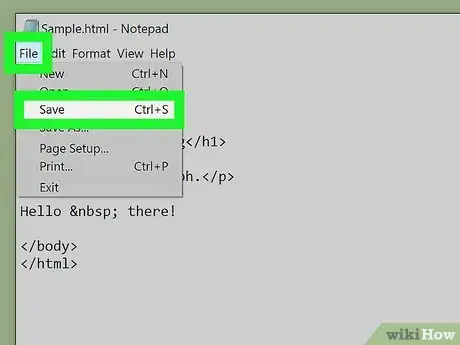


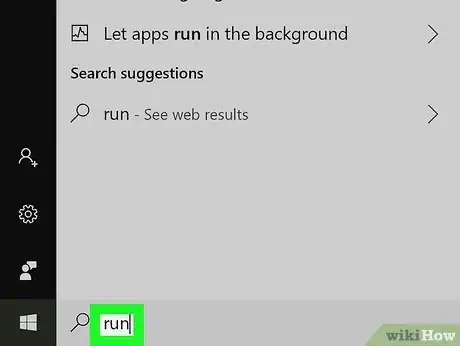
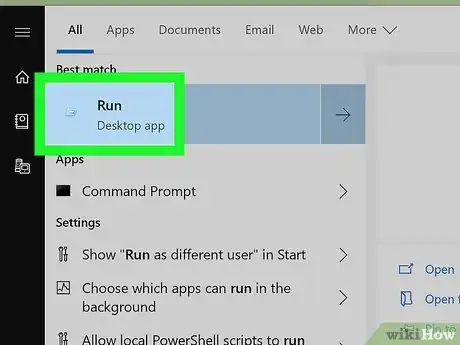
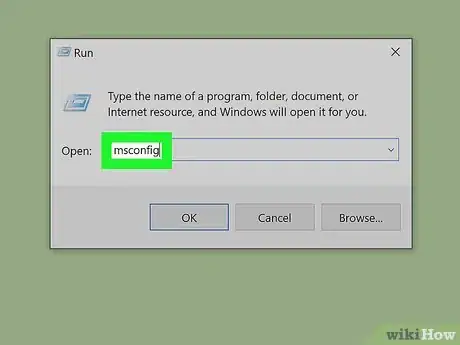
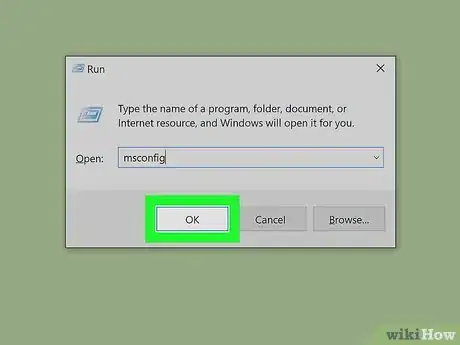
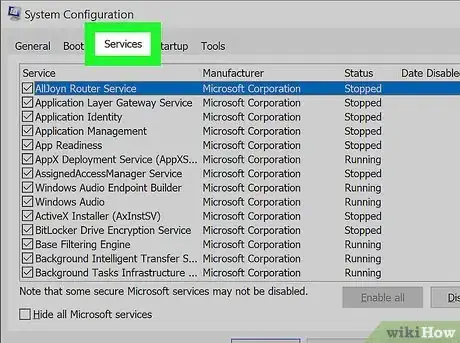
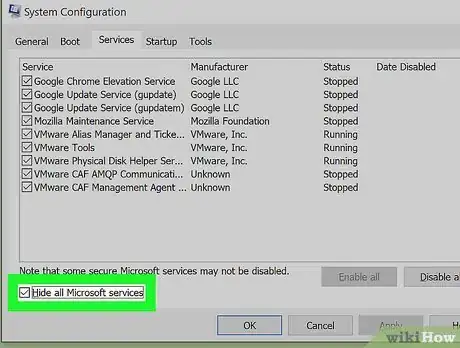
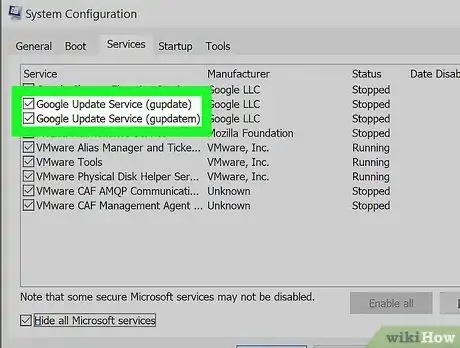
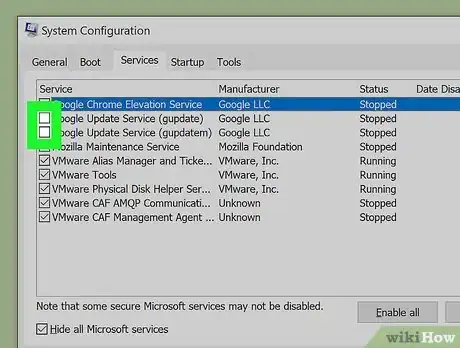
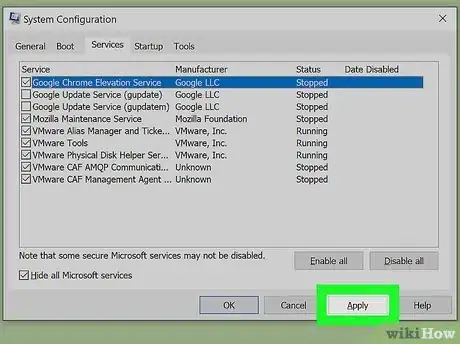
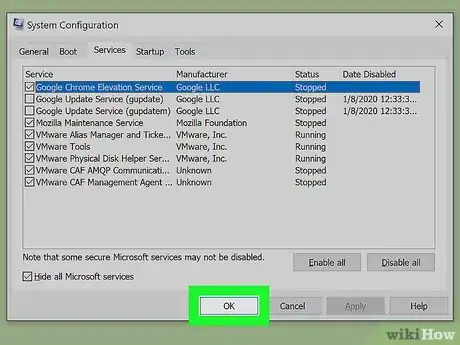
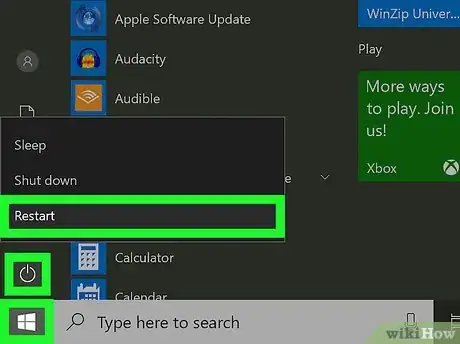
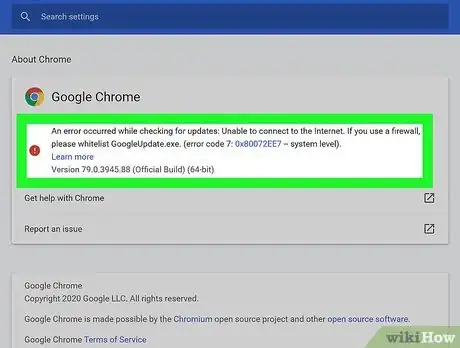
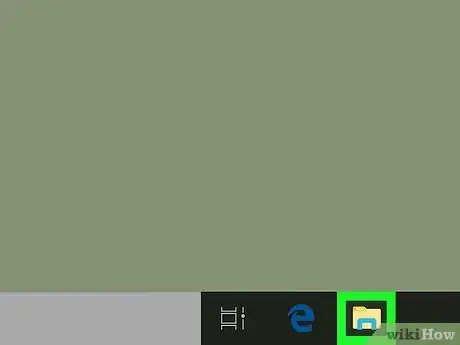
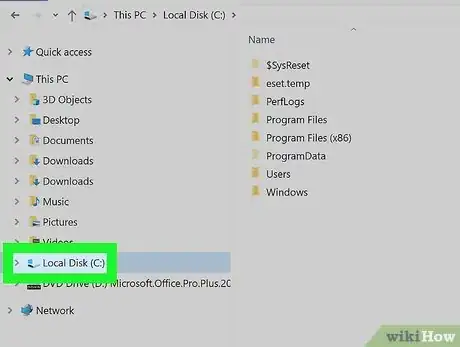
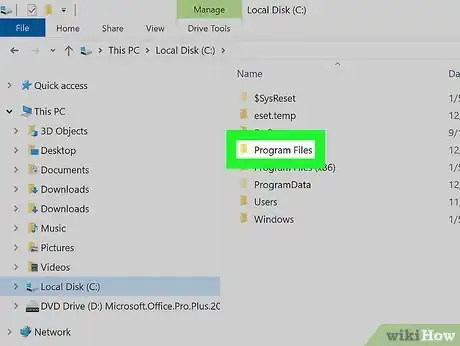
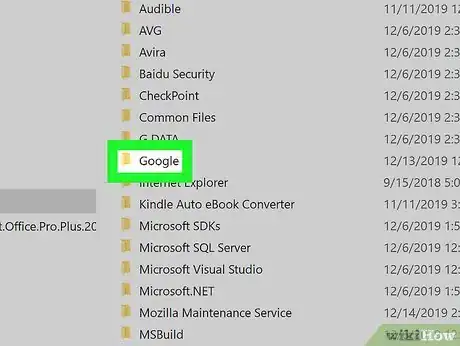
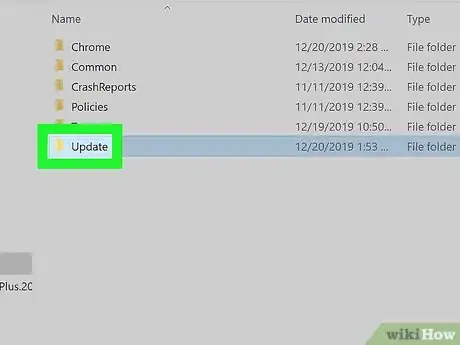
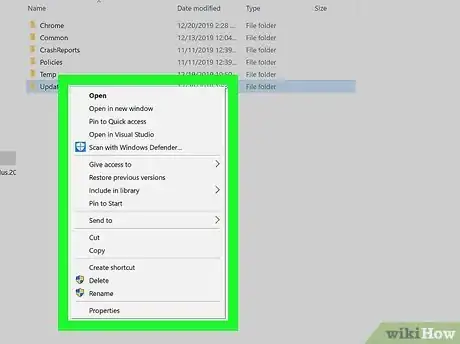
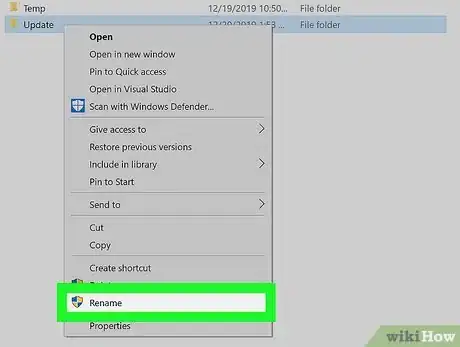
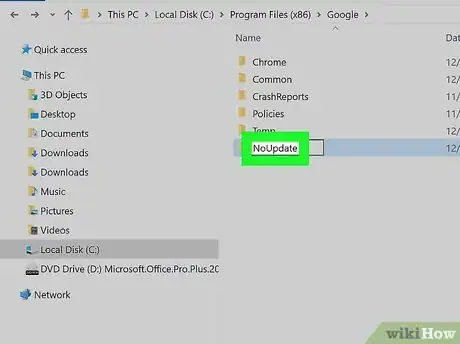
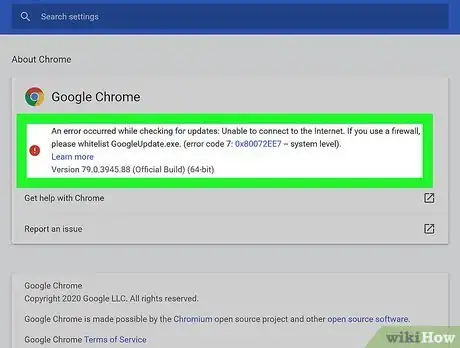


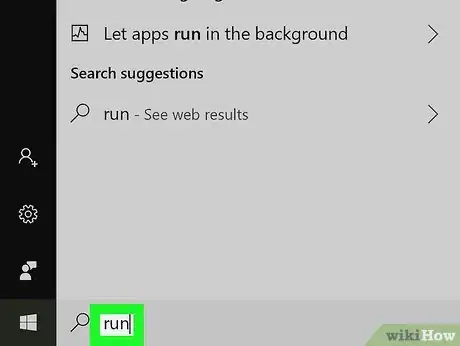
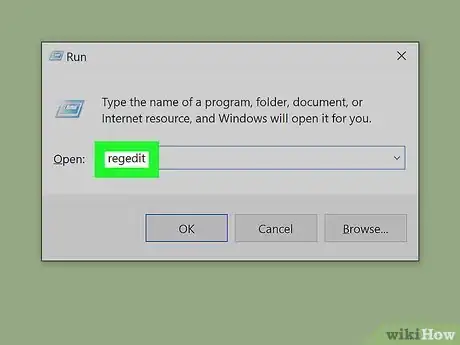
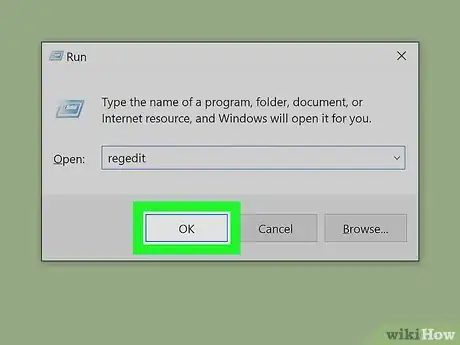
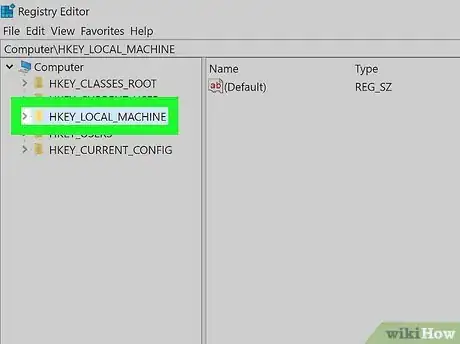
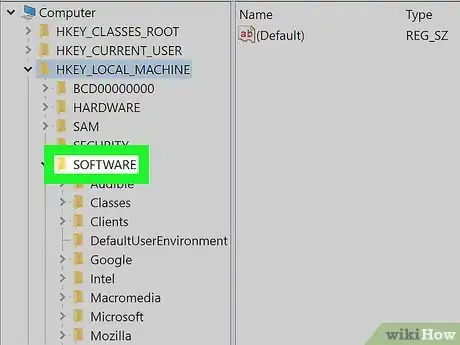
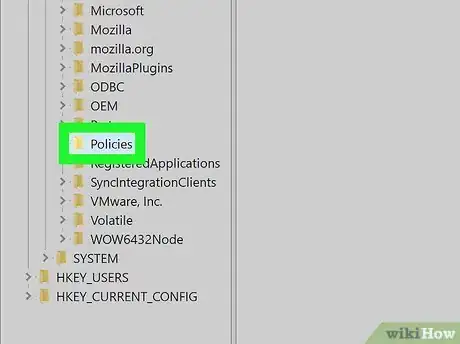
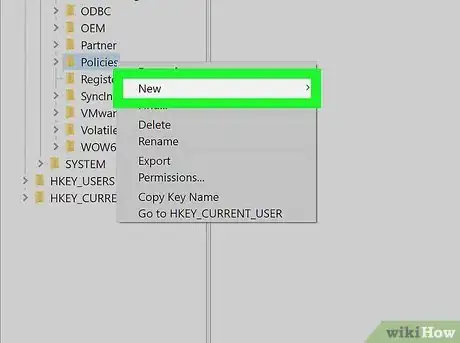
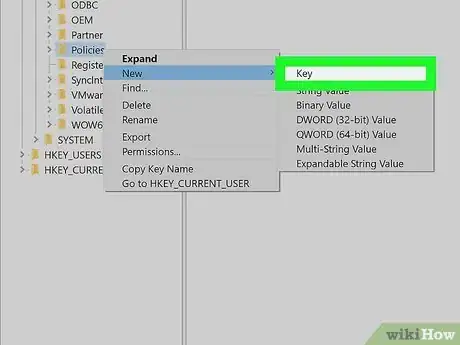
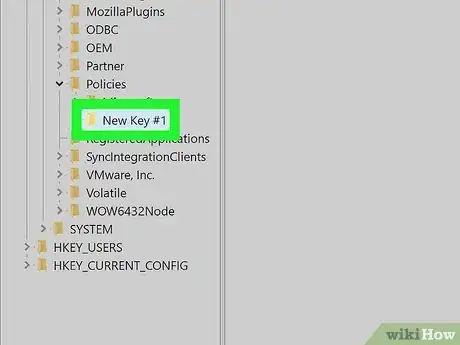
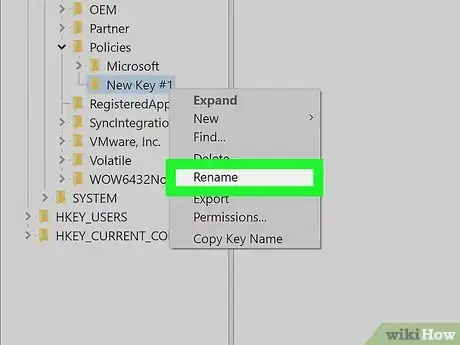
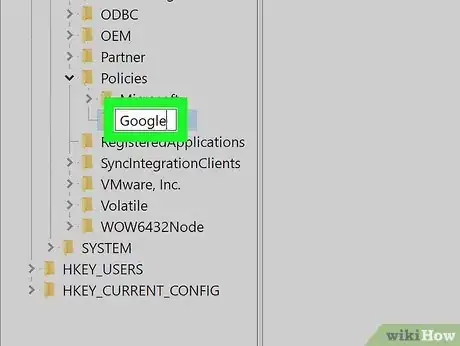
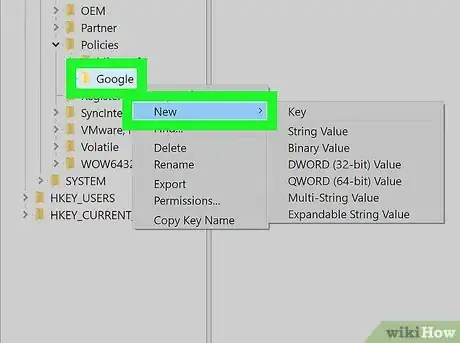
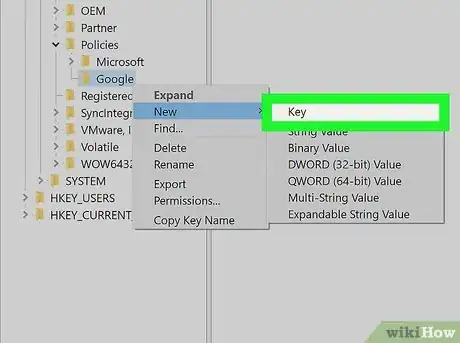
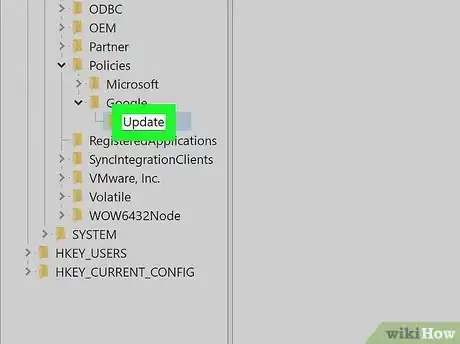
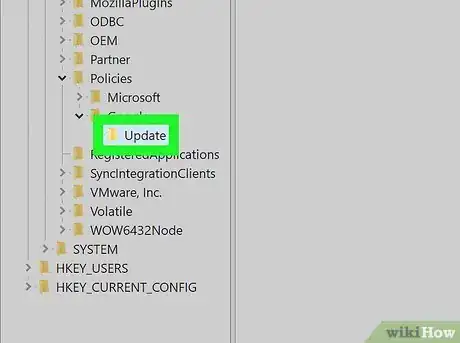
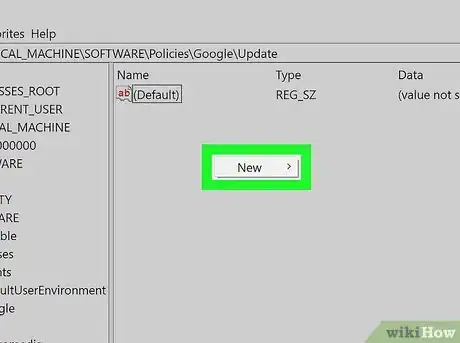
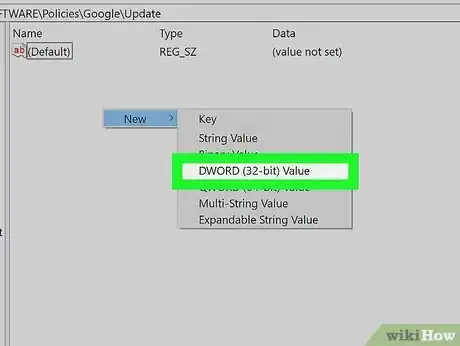
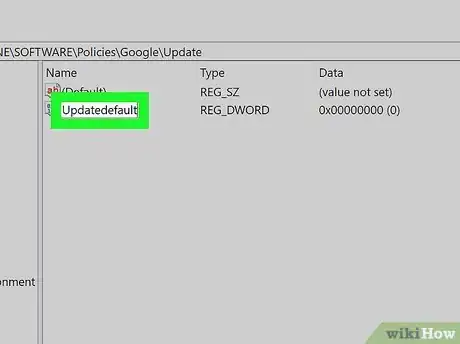
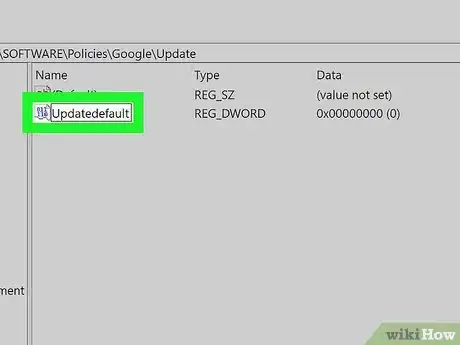
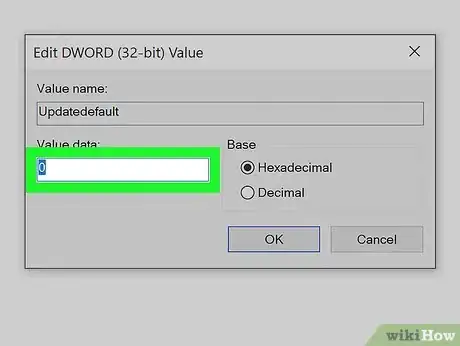
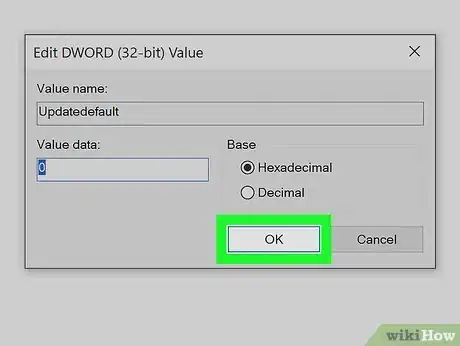
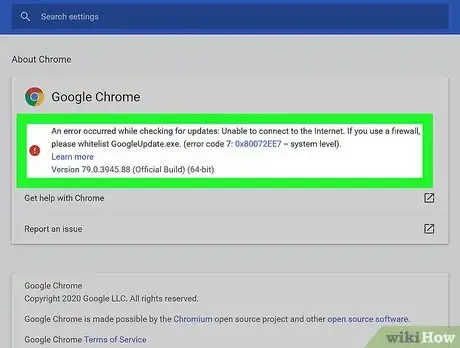
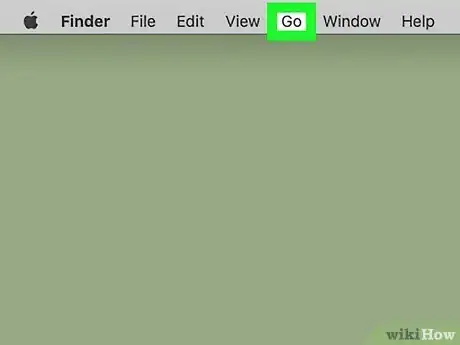
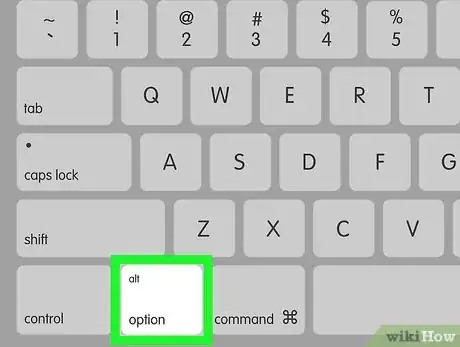
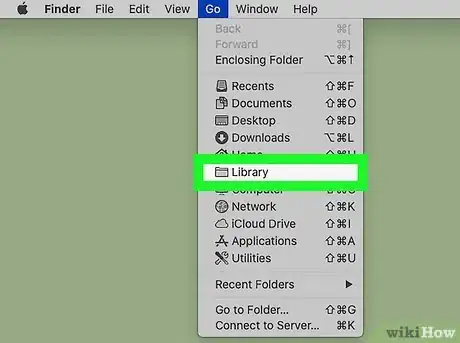
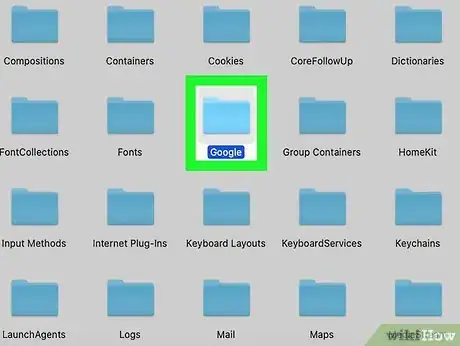
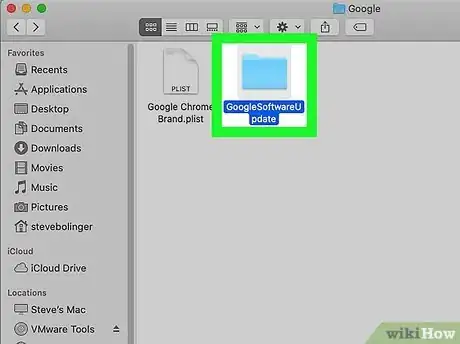
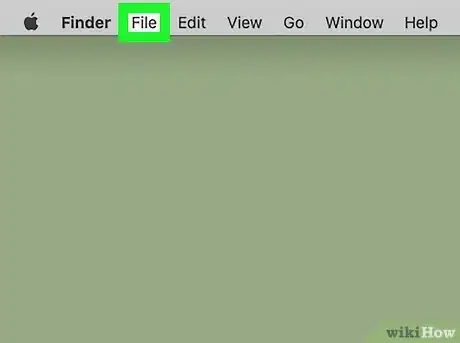
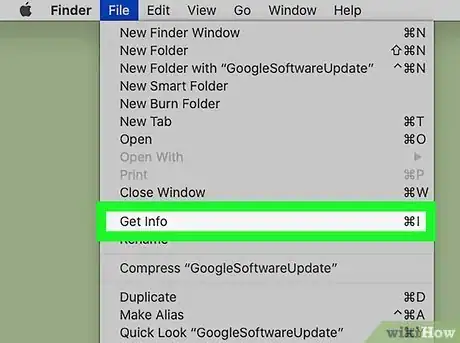
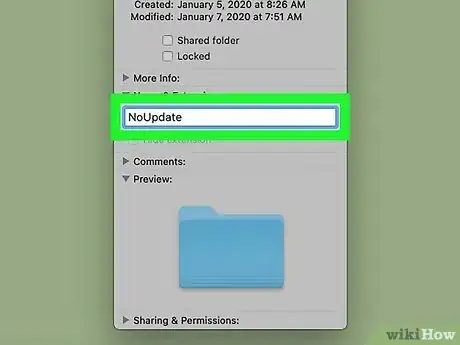
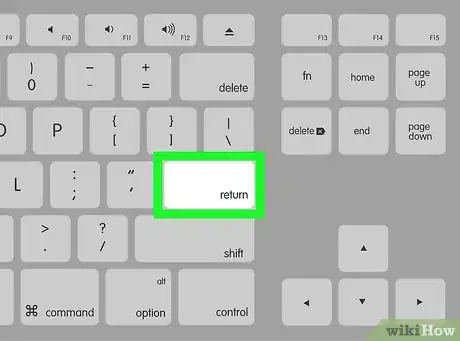
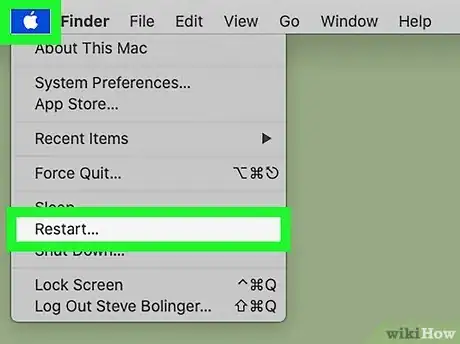

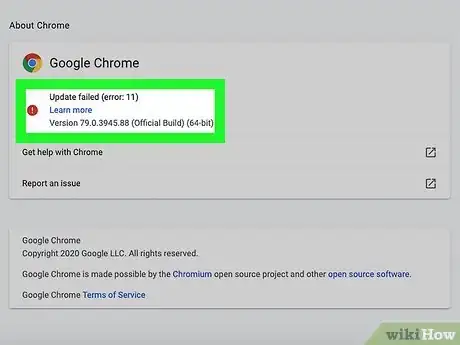
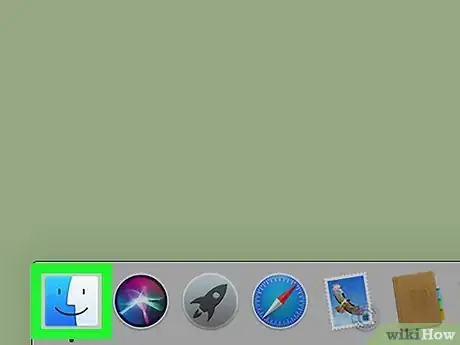

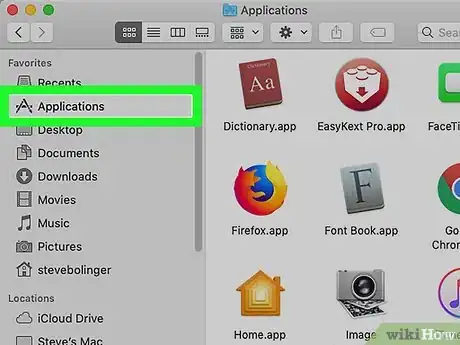
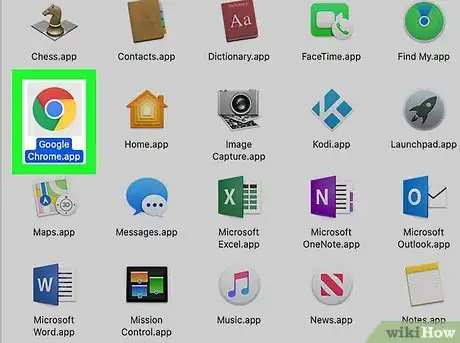
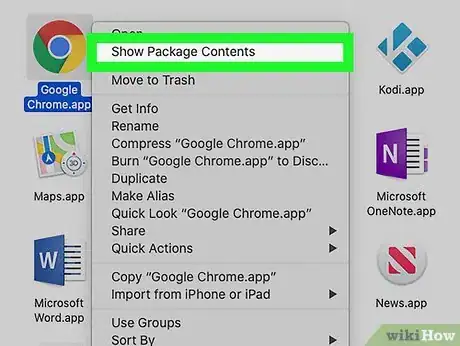
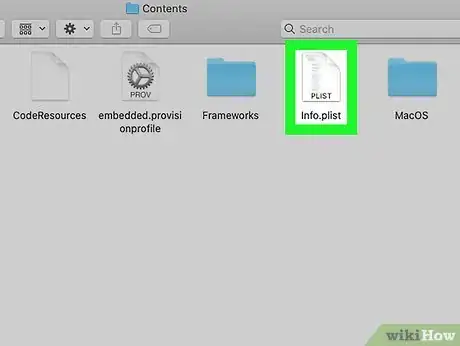
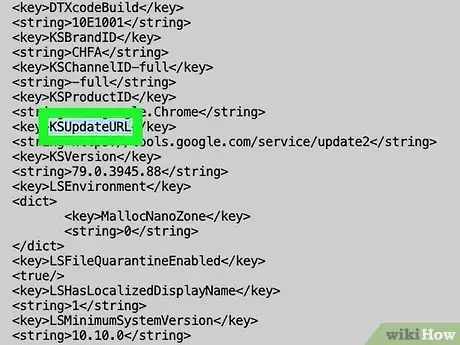
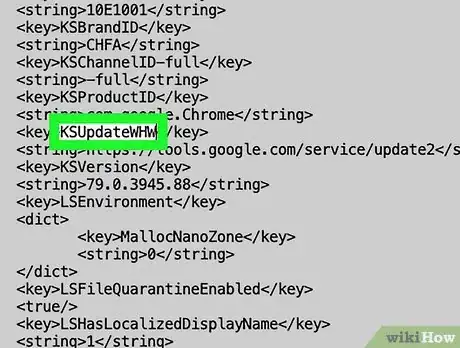
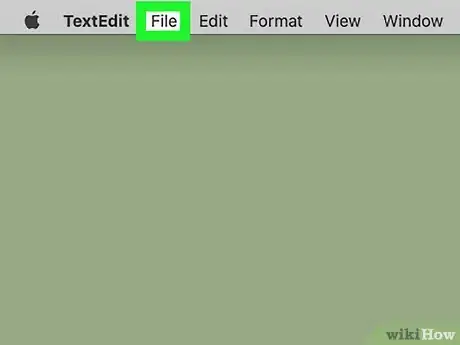
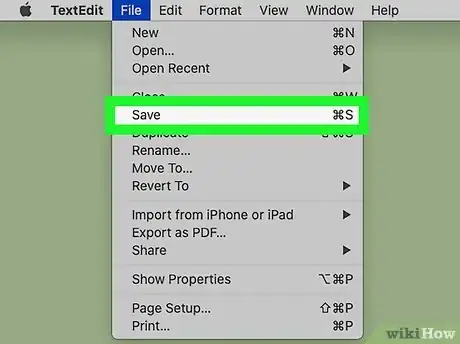
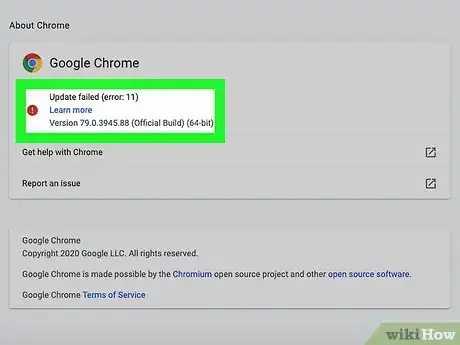
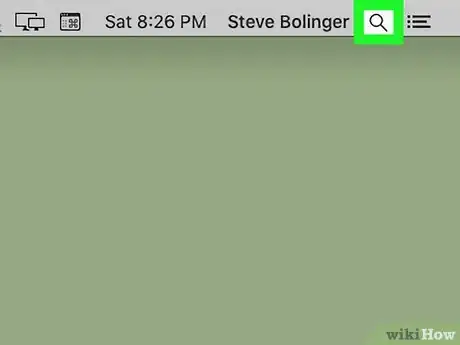

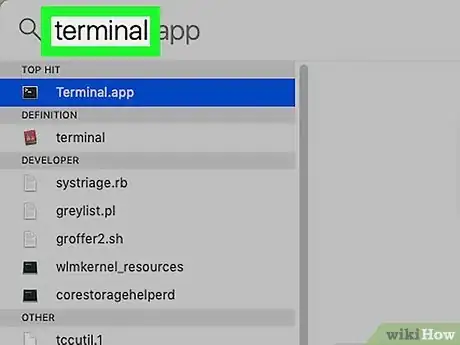
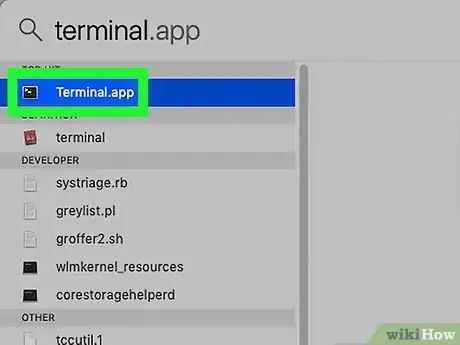

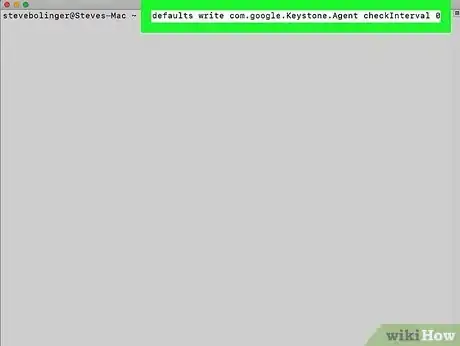
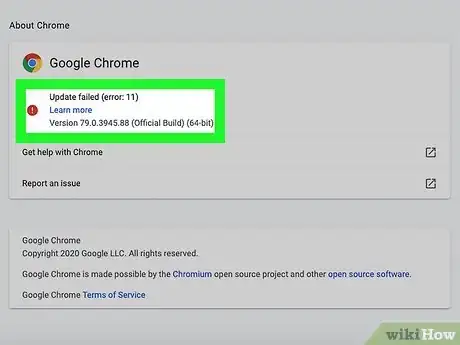
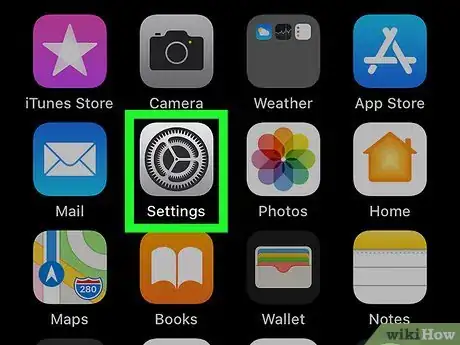
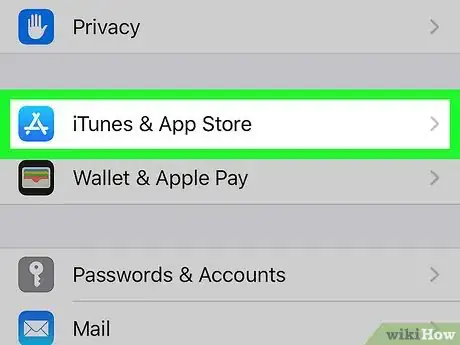
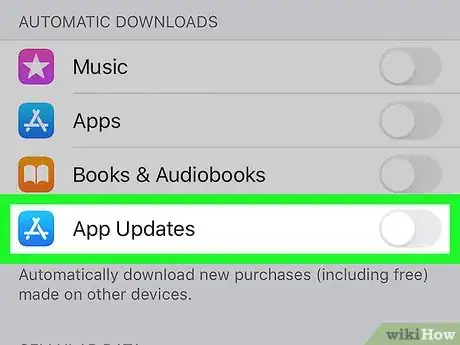
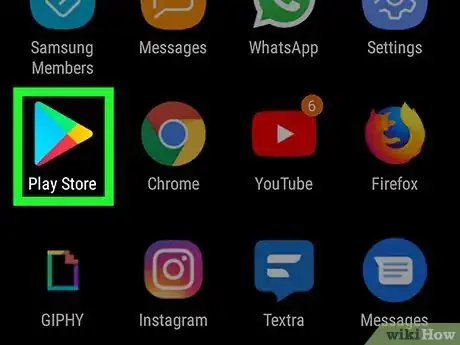


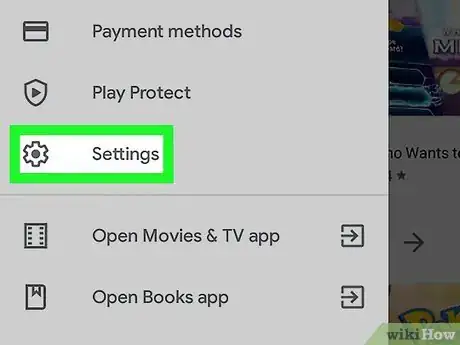
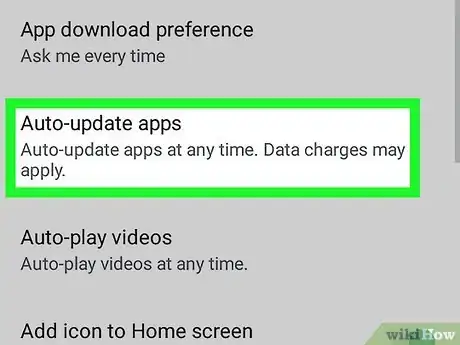
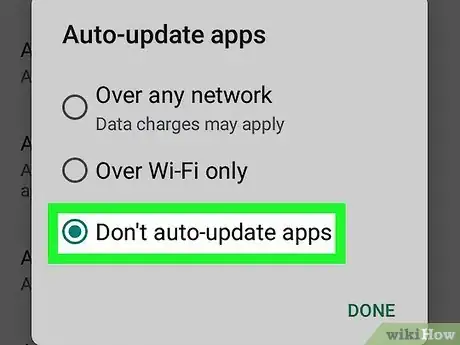
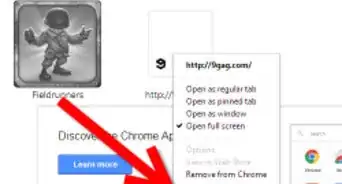

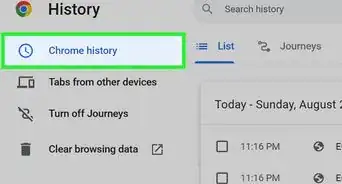
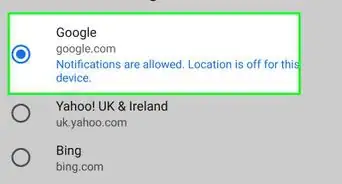
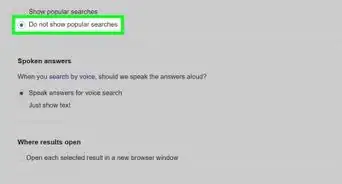
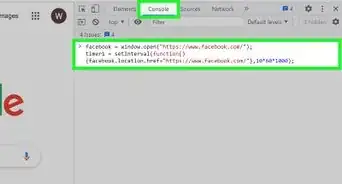
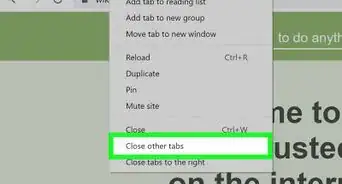

-Step-7.webp)
